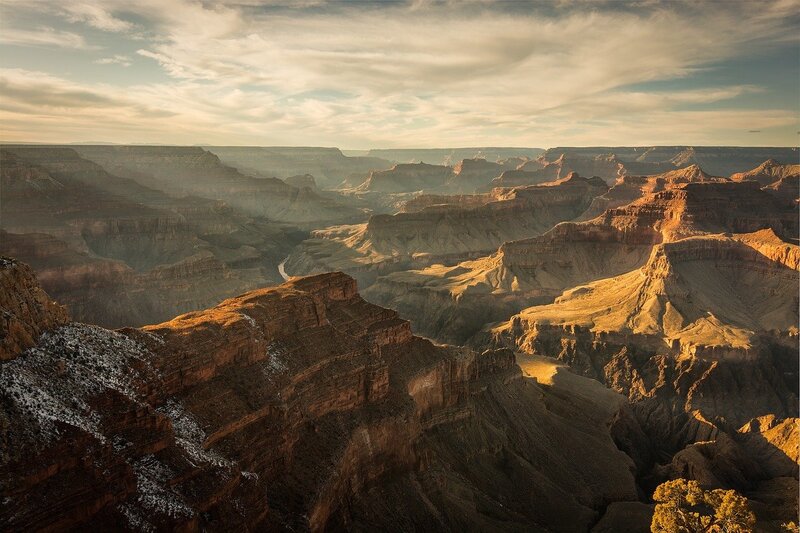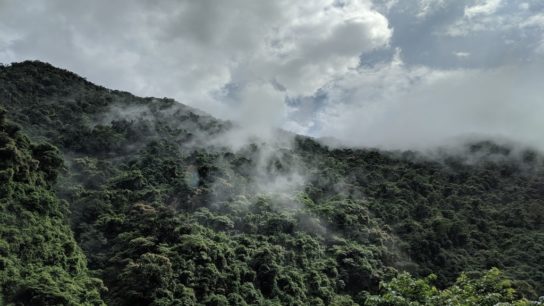The Biden administration will this week unveil a plan to conserve 30% of US lands and waters by 2030. The plan offers a strategy to encourage indigenous tribes, farmers and ranchers to voluntarily protect land, including by enrolling territory in existing federal conservation programmes and the creation of new parks near urban areas.
—
What is Happening?
- However, the plan to conserve 30% of US lands and waters reportedly does not detail new plans for buying private land or enshrining new national monuments. It also does not include specific financial pledges to encourage land protection or set mandates.
- The report itself calls itself “only the starting point” on a path to fulfil US conservation goals, with the outcome dictated by local communities, not the federal government.
In a letter accompanying the report, Interior Secretary Deb Haaland, Agriculture Secretary Tom Vilsack, Commerce Secretary Gina Raimondo and White House Council on Environmental Quality Chair Brenda Mallory wrote, “The president’s challenge is a call to action to support locally led conservation and restoration efforts of all kinds and all over America, wherever communities wish to safeguard the lands and waters they know and love.”
- This conservation effort builds on a campaign pledge by Biden and an executive order he issued in January ordering federal agencies to work together to achieve conservation goals.
- The US has a long way to go to reach this 30% target, with some reports indicating that just 12% of land and 26% of waters have been designated for permanent protection. This may undercount how much territory is safeguarded, and the administration is planning to develop an American Conservation and Stewardship Atlas to better measure protected areas.
- Environmentalists have praised the push for conservation, saying it would help drive the restoration and conservation of shrublands, waterways and grasslands critical to the survival of some species.
You might also like: At the Southern Tip of Vietnam, Mangroves Defend the Land From the Encroaching Sea
Collin O’Mara, president of the National Wildlife Federation, said to Bloomberg, “The plan rightly focuses on collaboration and restoration instead of regulation and designations to hit the 30% conservation target. It’s a thoughtful blueprint for how we can work together to save one-third wildlife species at heightened risk of extinction, revitalise rural and urban communities, strengthen the outdoor economy and bolster resilience to escalating climate-fuelled megafires, floods, and hurricanes.”
- The administration envisions conservation extending to working lands — such as farms where the use of no-till farming and other agricultural practices can reduce erosion and enhance the storage of carbon in soils. While the commitments are made on a voluntary basis, federal programmes can ensure they confer enduring protection.
- The report says, “The conservation value of a particular place should not be measured solely in biological terms, but also by its capacity to purify drinking water, to cool the air for a nearby neighbourhood or to provide a safe outdoor escape for a community that is park-deprived.”

















